Name: Sarah Rowe
Title: Assistant professor
Department: Sociology and Anthropology
Degree: Doctorate in anthropology from the University of Illinois in 2014
Hometown: Milwaukee
“I’m an anthropologist, an archaeologist specifically. I specialize in the pre-Hispanic cultures of coastal Ecuador as well as issues of cultural heritage and community archaeology. So, having local communities, indigenous groups participate and having a voice in the way archaeology is conducted in their lands and their communities.”
What made you pursue teaching? “Well, it’s always been something I enjoyed. To interact with students, share what I’ve learned, have them influence me as well with their ideas and sort of push me to find out more about the subjects I’m interested in, to fulfill their curiosity. So, there’s always been an interest, but I think there’s also an extra element of it that when we’re doing archaeology. It’s a discovery process and I think that sort of thing happens in the classroom. So, there’s sort of a natural extension from the research or specialization into the things that we do in the classroom.”
As an assistant professor, what are your duties? “I’m an assistant professor, meaning I’m on the tenure track. So, my responsibilities are a mixture of teaching classes and conducting research and service to the university as well. When I’m not in the classroom or preparing for a lecture, I write proposals to granting agencies to fund future research. I’ll be doing analysis of data I’ve collected in the past and writing articles for publications, or I’ll be sitting in on various committee meetings with other faculty members to keep the governance of the university going.”
What kind of research? “So, I focus primarily with the material from coastal Ecuador. I work mostly with ceramics. I do ceramic analysis. I’ve studied various culture groups dating all the way back to 4400 B.C.; a culture called Valdivia, which was one the earliest ceramic-producing cultures in the Americas dating all the way to the pre-contact period; a culture called Montano, which dates from 650-1532 A.D.; so, they were the ones on the coast of Ecuador when the Spanish arrived. So, dealing with issues of social identity and group identification, so how people will say, ‘I belong with this group, and this group extends through these regions’ about being a part of shared identity. I also do some work called digital archaeology, which uses various technologies for 3-D scanning and printing to take the information that we gather at an archaeological site and make it accessible to not just other scholars, but also the public. We are just underway getting a new laboratory here on campus, which will be known as the Anthropology Digital Visualization Laboratory. We will have equipment to do 3-D laser scanning of artifacts as well as what is known as photogrammetry, where you take digital images of an object from various angles and a computer program puts those pieces together to create a 3-D model. We’ll also have a 3-D printer to print artifacts for use in the classroom and in the community.”
What do you do for students? “I am one of the faculty advisers for the Anthropology Club, so giving direction when direction is needed. I also advise some graduate students in their research, devise some research programs. I have a new project that is going to be underway soon on the coast of Ecuador, so I’m hoping to get more undergraduates involved as well. Even a mini field school where students get the chance to come to Ecuador and learn how to excavate and learn about the culture.”
What classes do you teach? “This semester, I am teaching two courses. I am teaching Human Evolution and a special topics course on cultural heritage. So, I teach a Human Evolutions course pretty much every semester, but I also teach courses like Introduction to Archaeology, Archaeology Method and Theory, and South American Archaeology. I think we have Mesoamerican and Maya Archaeology coming in another year or so. So if it’s archaeology, I am teaching it, basically.”
How can students reach you? “Email is probably best for that initial contact and I have office hours on Mondays and Wednesdays this semester, but I am always open for scheduling a special meeting if a student writes to me and wants to get more information.”
What was the last book you read? “The last book I read was actually a mystery book for fun. Mystery, I think, is my favorite genre. Some people think archaeologists, because we dig, we must love to garden, and for me, it is totally not true. What I do love is the mystery in piecing a bit of the puzzles together. You do it for archaeology and you do it when you read these mysteries. So, I read one that is called “The Night Visitor.” The protagonist is an officer of the Southern Youth Nation out in Colorado. So, there are elements of traditional youth practice, as well as a murder mystery, of course, combined with a little bit of anthropology and archaeological investigation.”
What are some of the songs on your music playlist? “Adele. If students see me driving around, they will probably see me singing in my car. Also, I have been listening to “Lemonade” by Beyoncé a lot, Sleater Kinney, which is another favorite. Female artists mostly, and ones that I can sing along to.”
What do you like to do on your free time? “I don’t always get very much free time, but I have a daughter who keeps me running around quite a lot. When I have a quiet moment, I like to read and I also knit. I love to go hiking, getting time outdoors and spending time outside.”
Would you like to add anything else? “I will encourage [students] to take at least one anthropology class in their time here at UTRGV. I think whether you are taking Human Evolution, Intro to Cultural Anthropology or Intro to Archaeology, the classes are going to give you a different perspective than what you come to the university with. I think it will help broaden your horizons and make you a more active citizen in your future.”
–Compiled by Sarah Carvajal and Lesley Robles







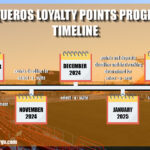





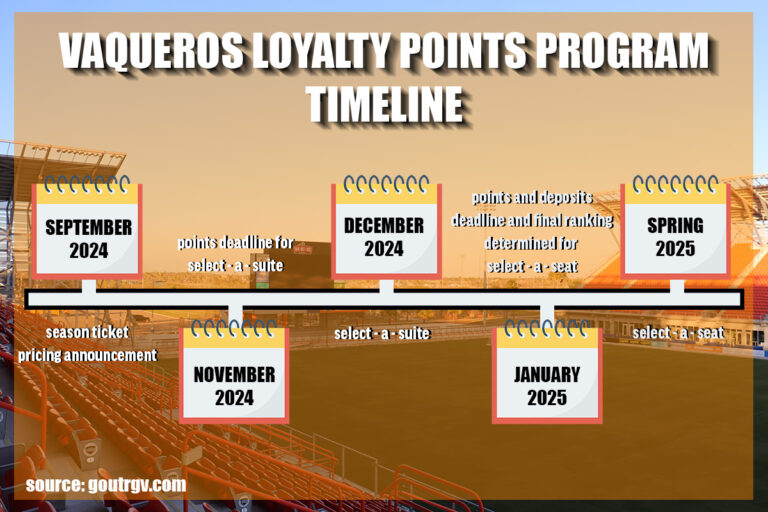



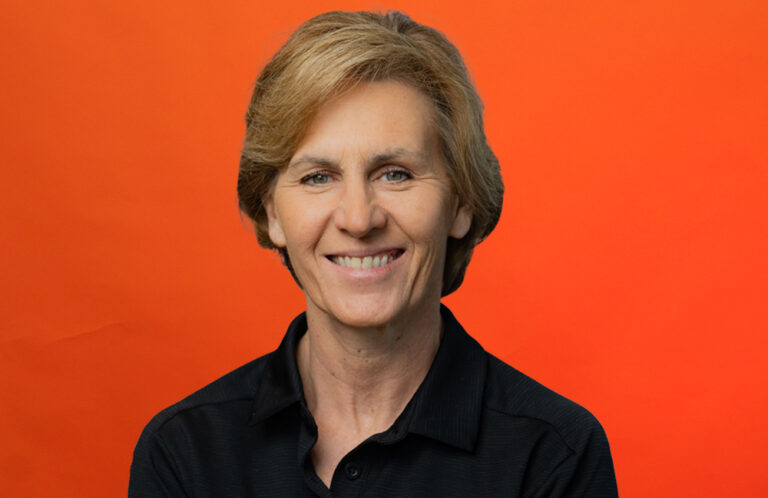

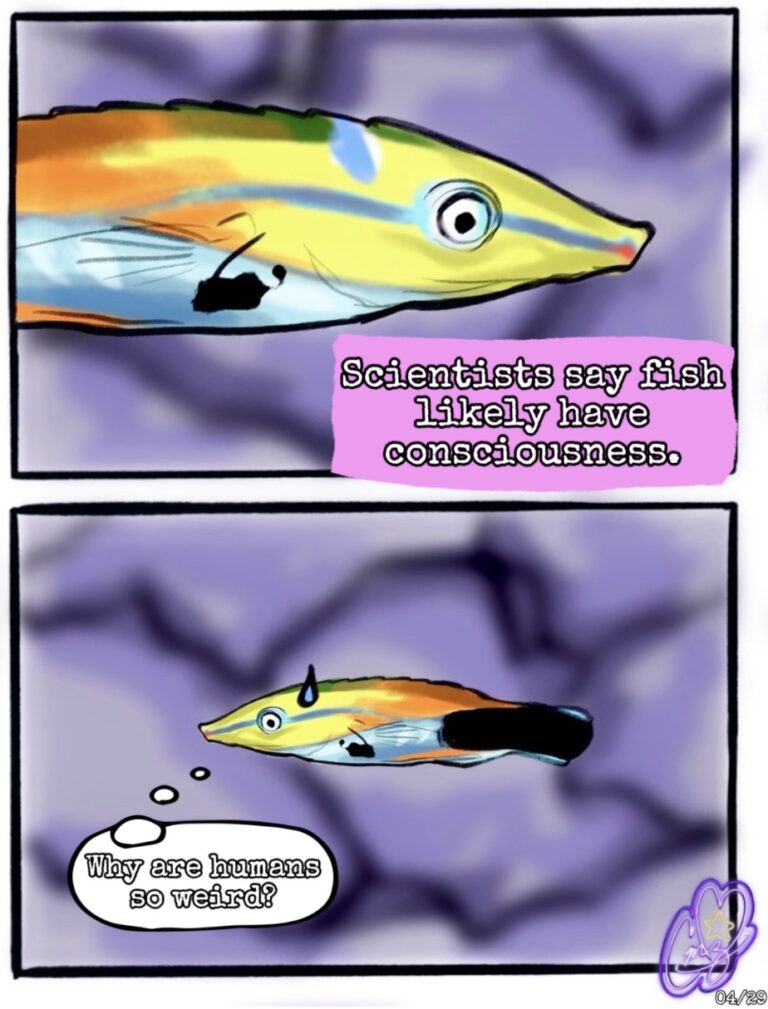

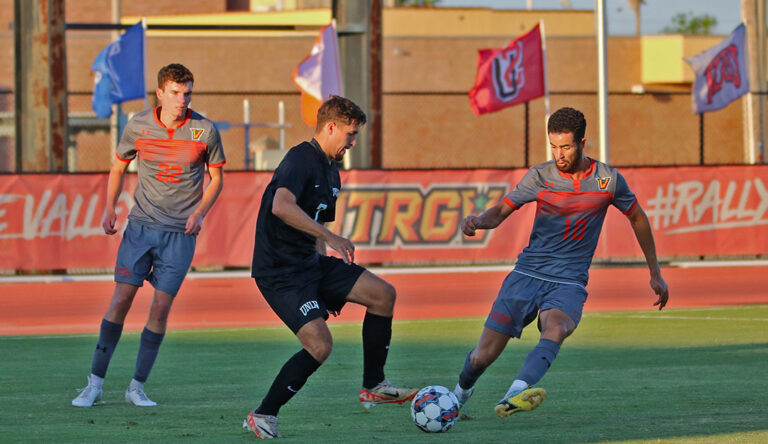
+ There are no comments
Add yours